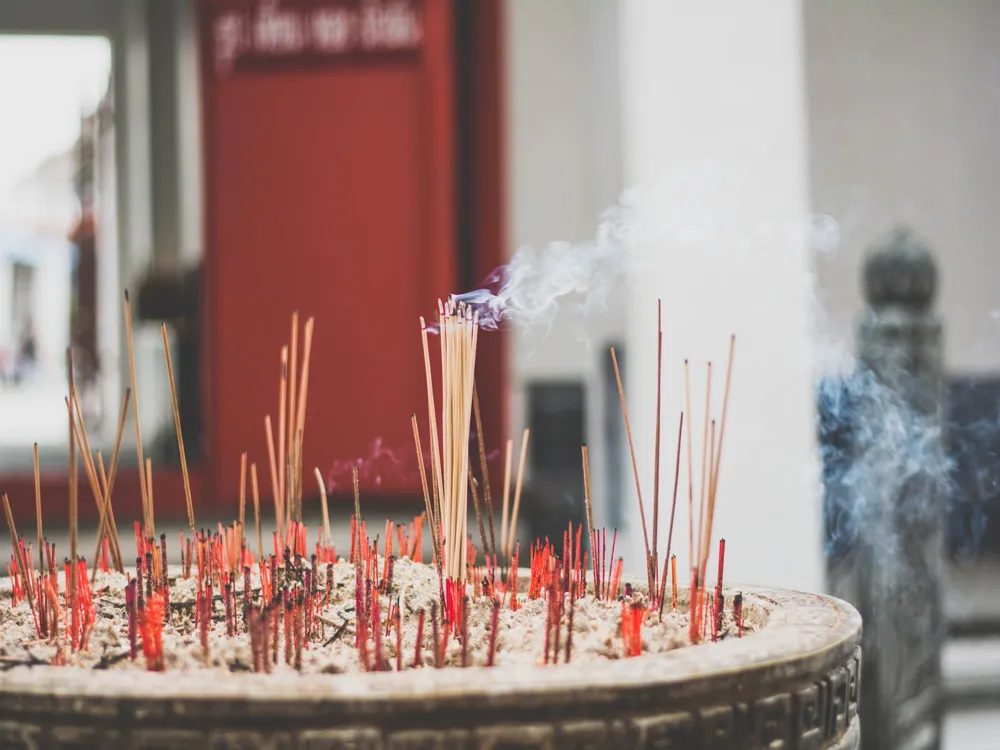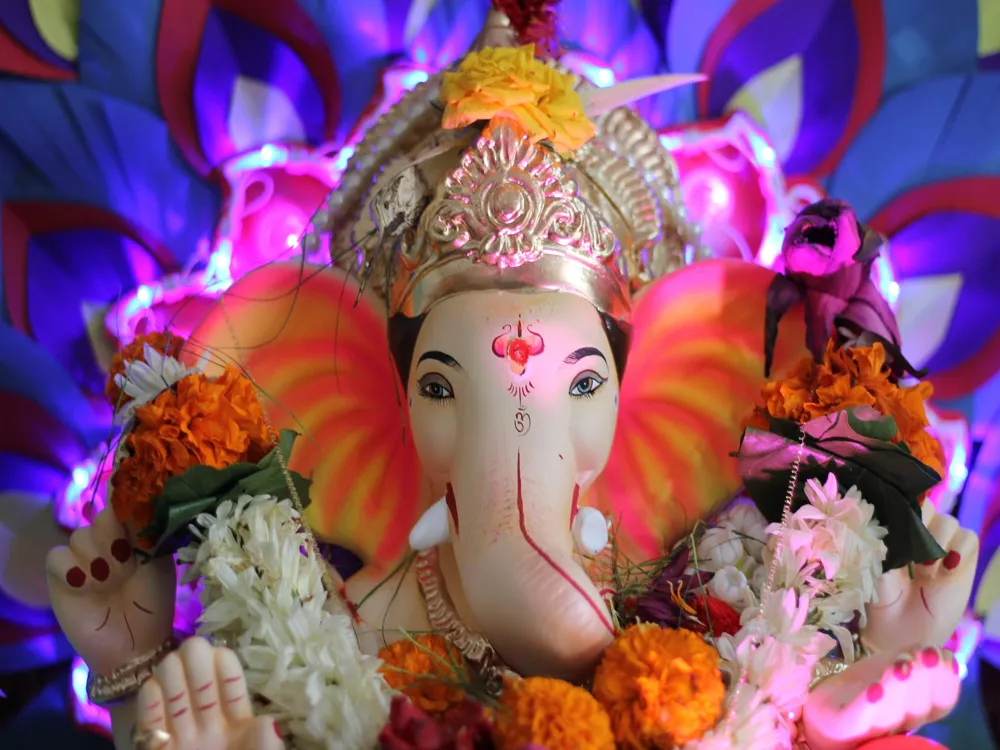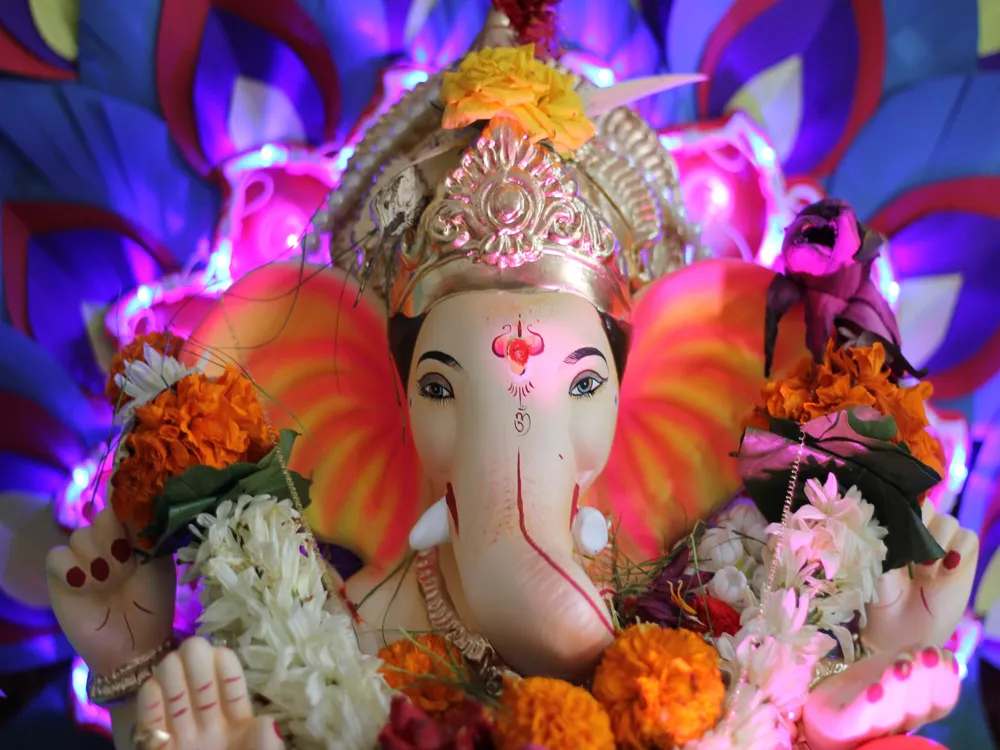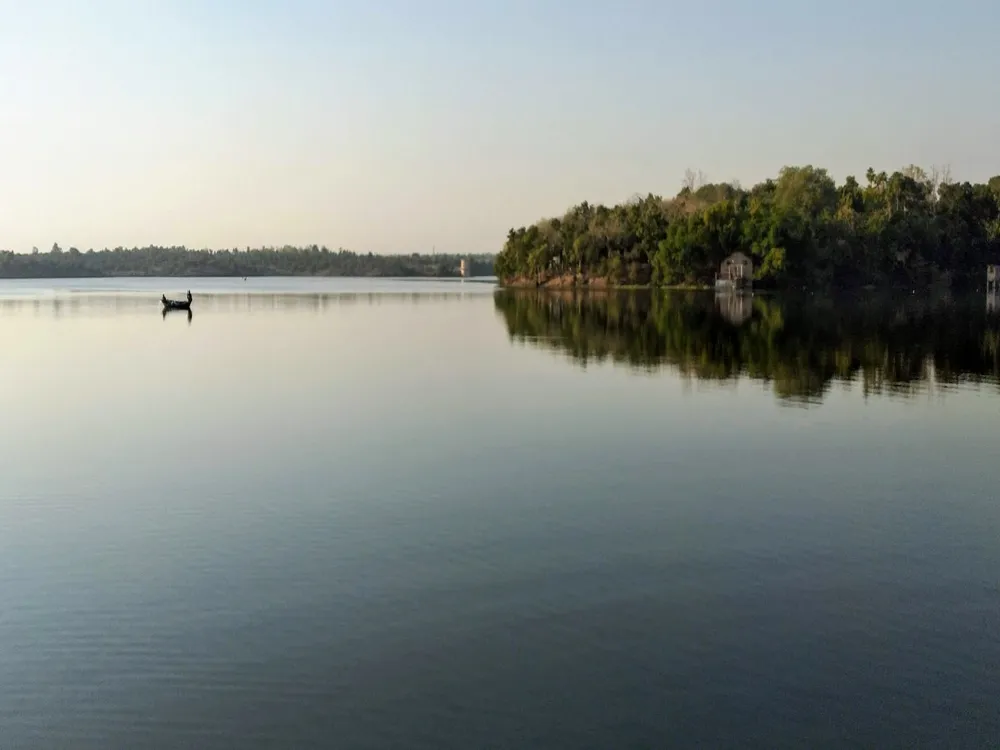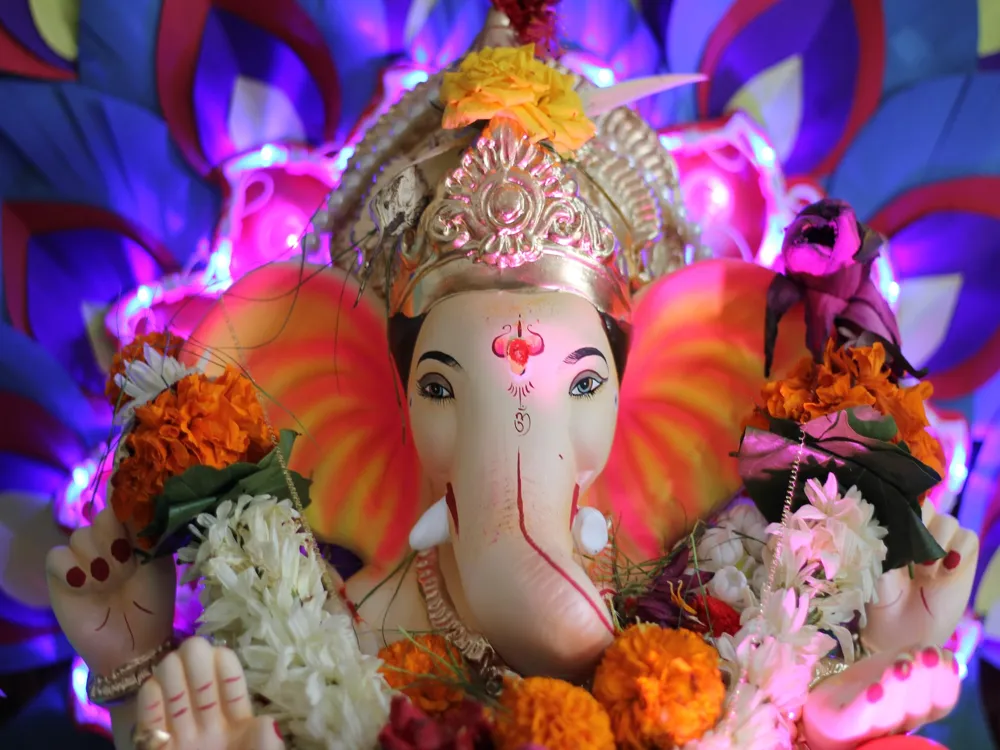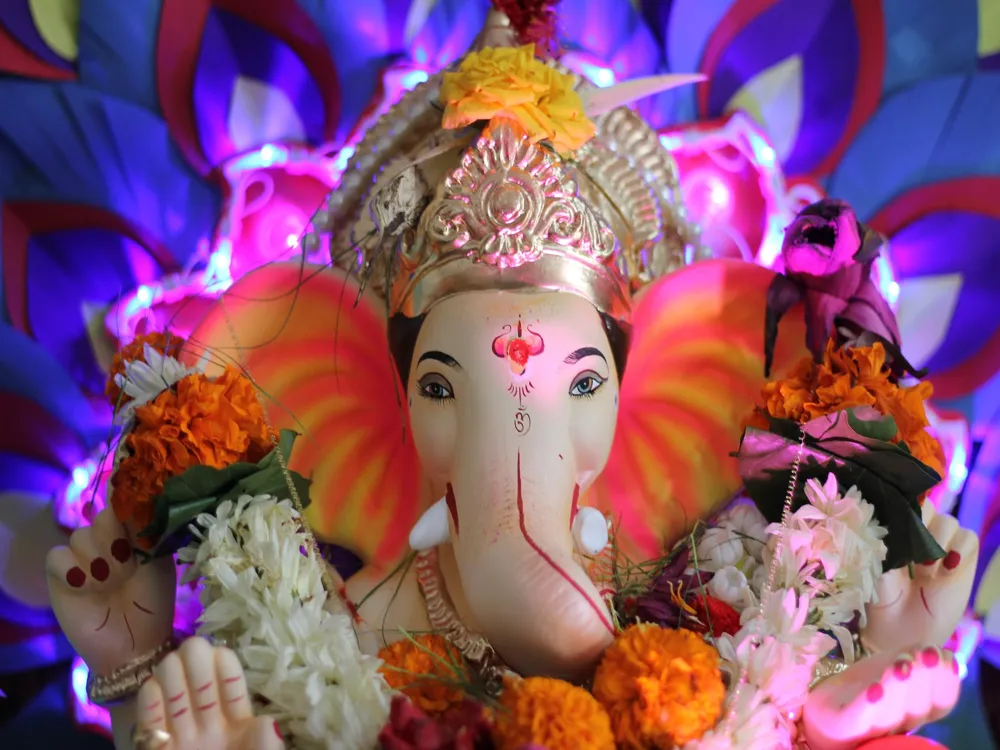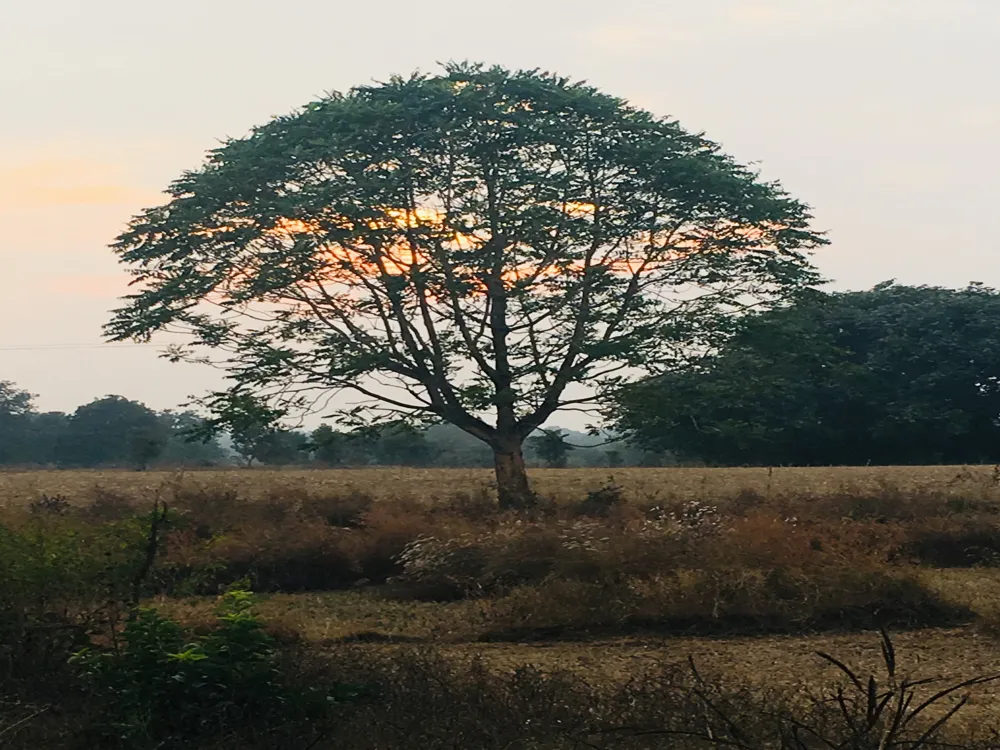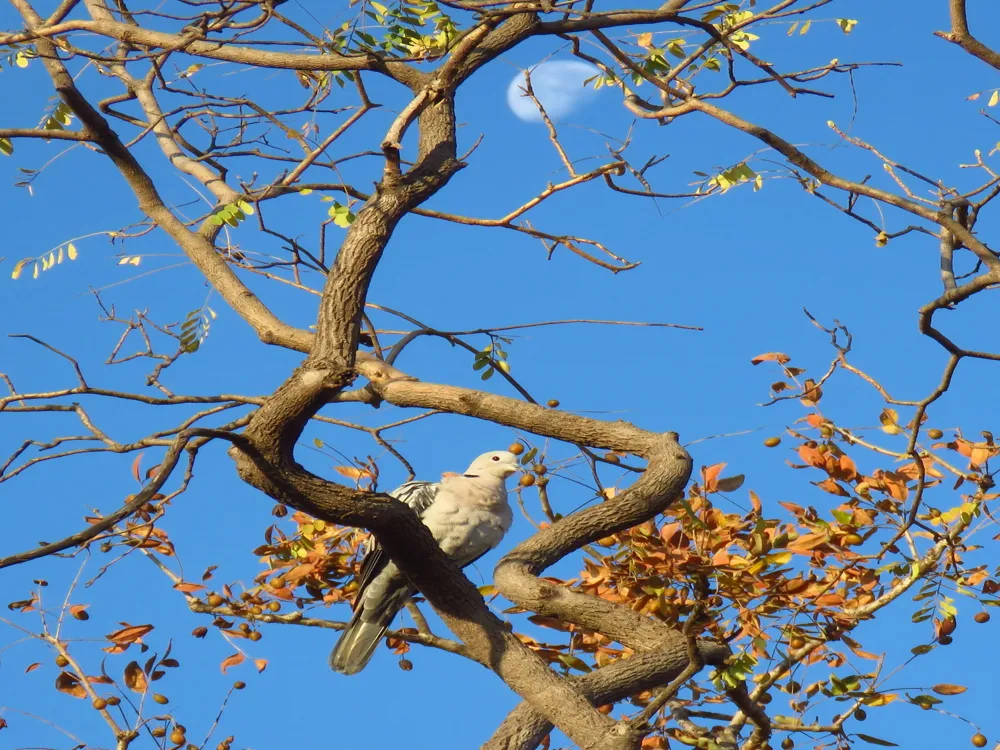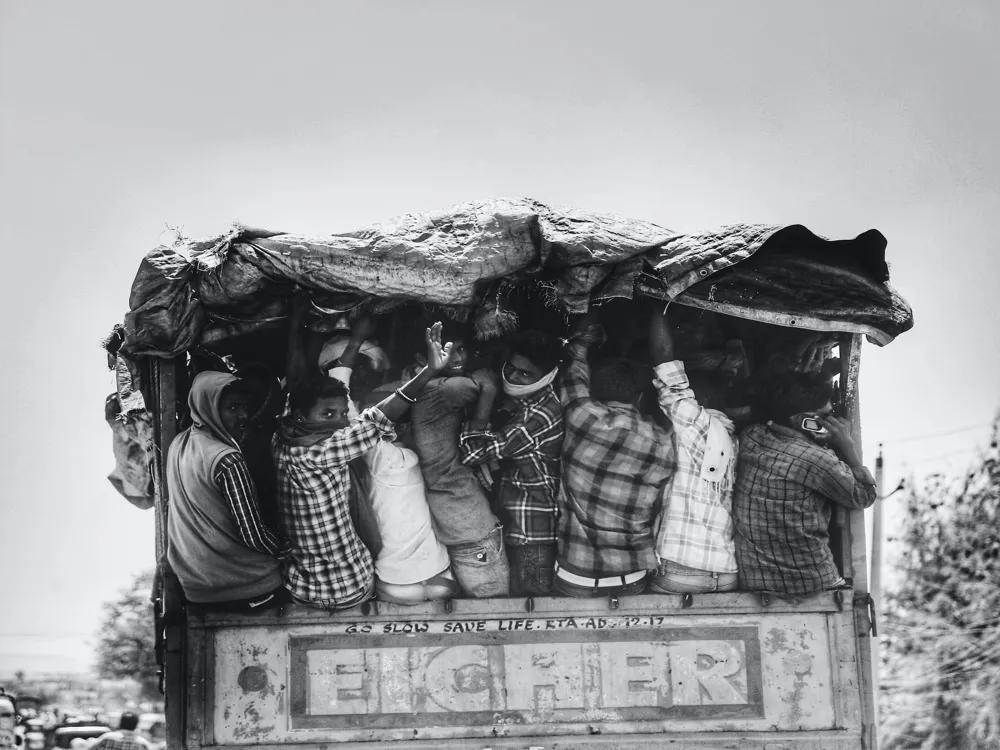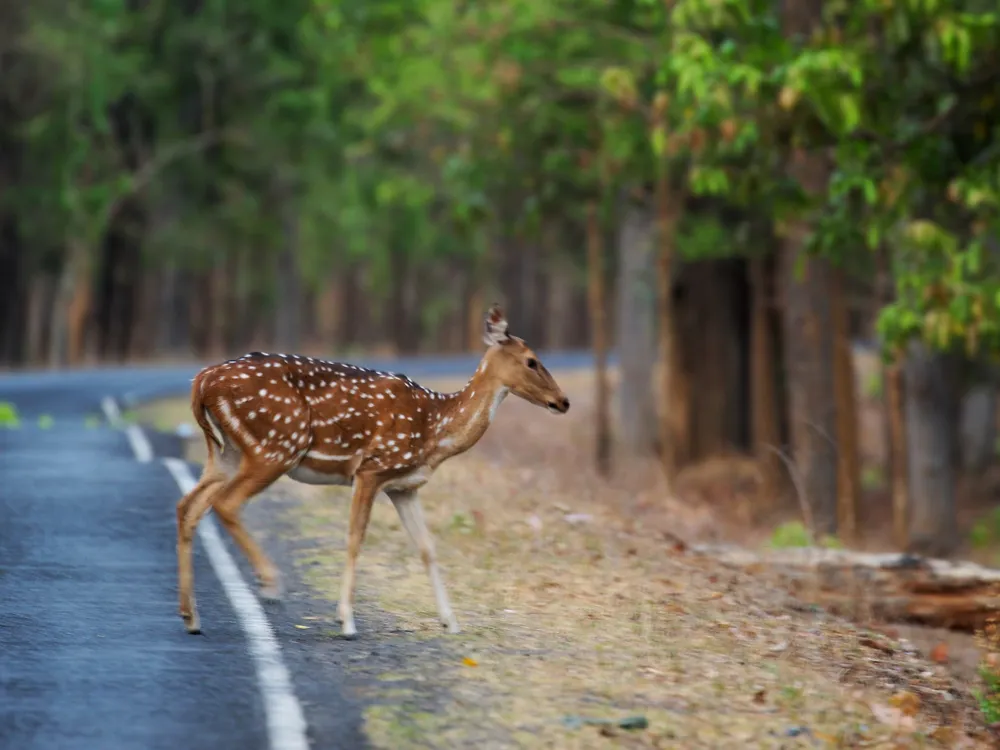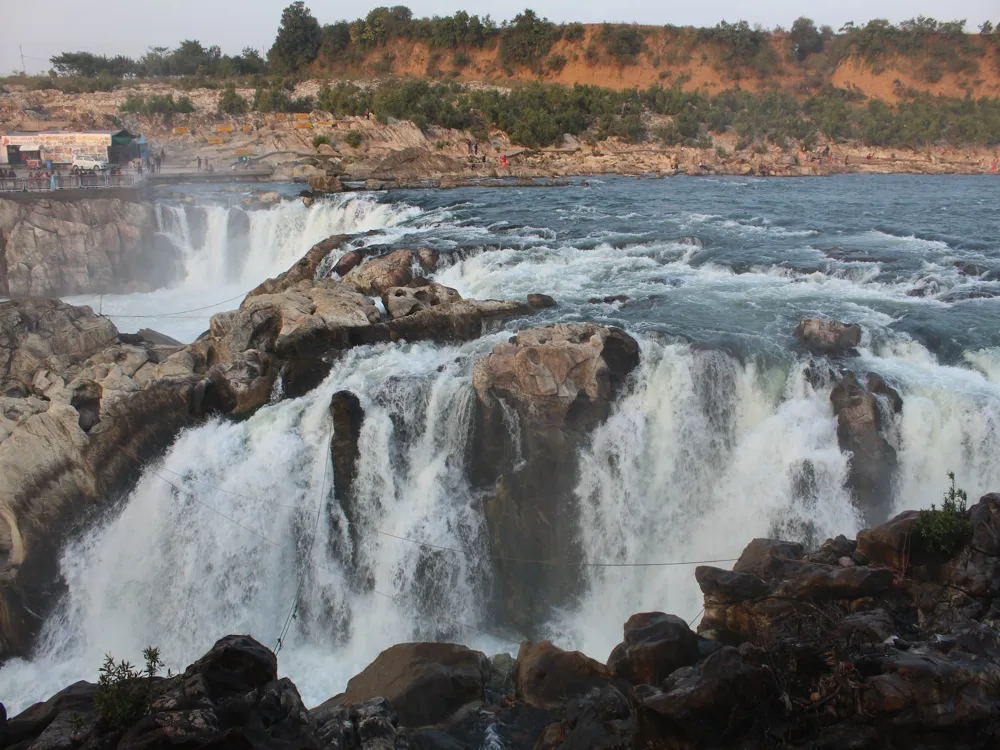The Dhamma Chakra Stupa, also known as the Deekshabhoomi Stupa, is a significant monument located in Nagpur, Maharashtra, India. This sacred site holds immense historical and cultural value, particularly for followers of Buddhism. It was here, in 1956, that Dr. B.R. Ambedkar, a prominent figure in Indian history, converted to Buddhism, marking a major turning point in the revival of Buddhism in India. This event attracted hundreds of thousands of followers and led to a mass conversion movement. The Stupa stands as a symbol of equality, justice, and freedom. It represents the ideological shift and the socio-cultural awakening that Dr. Ambedkar initiated among the oppressed classes in India. Architecturally, the stupa is an impressive structure, drawing inspiration from the traditional Sanchi Stupa but with modern interpretations. Its large dome, visible from a distance, is a mark of peace and harmony, resonating with the Buddhist philosophy of non-violence and compassion. Visitors to the Dhamma Chakra Stupa are struck by its serene and tranquil environment. The stupa is not just a tourist destination but a pilgrimage site for Buddhists and a symbol of the struggle and emancipation of the Dalit community in India. Annually, on the occasion of Dhammachakra Pravartan Din, the site witnesses a large influx of pilgrims, commemorating Dr. Ambedkar's conversion to Buddhism. The architecture of the Dhamma Chakra Stupa is a blend of ancient Buddhist architectural principles and modern design. The structure is predominantly made of granite, sandstone, and Dholpur stone, giving it a distinct and majestic appearance. The stupa's design is a homage to the traditional Buddhist stupas found across Asia, particularly the Sanchi Stupa in Madhya Pradesh, yet it incorporates contemporary elements to resonate with modern times. The stupa is constructed in a circular shape, symbolizing the cycle of life and rebirth in Buddhist philosophy. The central dome, a prominent feature of the stupa, represents the universe. Around the dome are 24 spokes, mirroring the Ashoka Chakra in the Indian national flag, symbolizing the spread of Buddhism across the world. The dome is supported by intricately carved pillars, each narrating stories from the life of Buddha and the history of Buddhism. Surrounding the central structure are lush gardens and water bodies, adding to the stupa's serene ambiance. These gardens are not just aesthetic features but also serve as spaces for meditation and reflection. The inclusion of modern amenities like auditoriums, libraries, and meditation centers makes the Dhamma Chakra Stupa a center for learning and spiritual practice. As a revered religious site, visitors are expected to maintain decorum. Dress modestly, speak softly, and avoid any actions that could disrupt the peaceful atmosphere. The ideal time to visit the stupa is during the cooler months from October to March. The annual Dhammachakra Pravartan Din in October is a particularly special time to visit. While photography is allowed, it's important to be respectful and avoid taking pictures during prayer times or of individuals without their consent. The site is equipped with basic amenities like restrooms and drinking water. Some areas also have facilities for visitors to sit and meditate. The stupa is accessible to people with disabilities, with ramps and special pathways designed for easy movement. Dhamma Chakra Stupa is well-connected and easily accessible from various parts of Nagpur. The nearest airport is Dr. Babasaheb Ambedkar International Airport, which is about 8 kilometers from the stupa. For those traveling by train, Nagpur railway station is the closest, situated around 5 kilometers away. Local transportation options like taxis, buses, and auto-rickshaws are readily available for commuting to the stupa. For visitors driving, ample parking space is provided near the site. Read More:Overview of Dhamma Chakra Stupa in Nagpur, Maharashtra
Architecture of Dhamma Chakra Stupa
Tips When Visiting Dhamma Chakra Stupa
Respect the Sanctity of the Place
Best Time to Visit
Photography Guidelines
Facilities Available
Accessibility
How To Reach Dhamma Chakra Stupa
Dhamma Chakra Stupa
Nagpur
Maharashtra Goa
NaN onwards
View nagpur Packages
Weather :
Label : Must Visit
Tags : Buddhist Temple
Time Required : 2 hours
Planning a Trip? Ask Your Question
Also Refered As:
Deeksha Bhumi
Nagpur Travel Packages
View All Packages For Nagpur
Top Hotel Collections for Nagpur

Private Pool

Luxury Hotels

5-Star Hotels

Pet Friendly
Top Hotels Near Nagpur
Other Top Ranking Places In Nagpur
View All Places To Visit In nagpur
View nagpur Packages
Weather :
Label : Must Visit
Tags : Buddhist Temple
Time Required : 2 hours
Planning a Trip? Ask Your Question
Also Refered As:
Deeksha Bhumi
Nagpur Travel Packages
View All Packages For Nagpur
Top Hotel Collections for Nagpur

Private Pool

Luxury Hotels

5-Star Hotels

Pet Friendly







